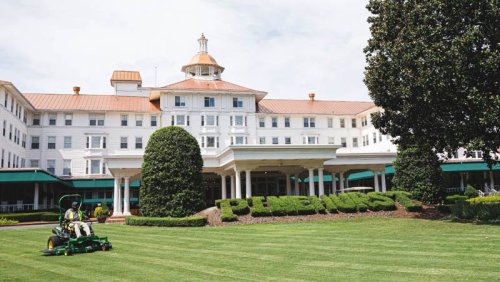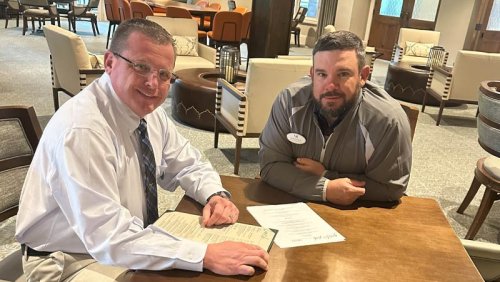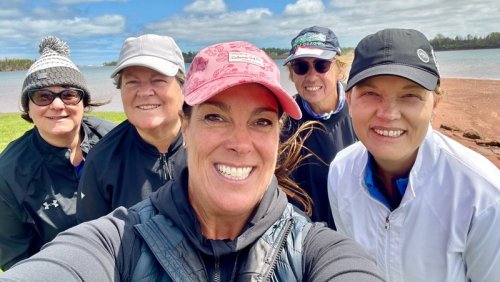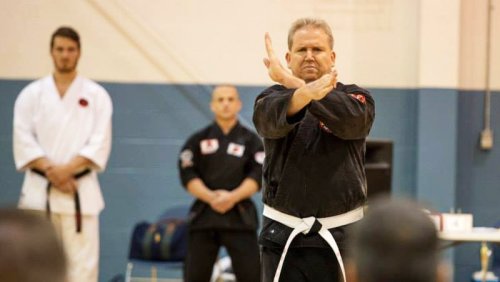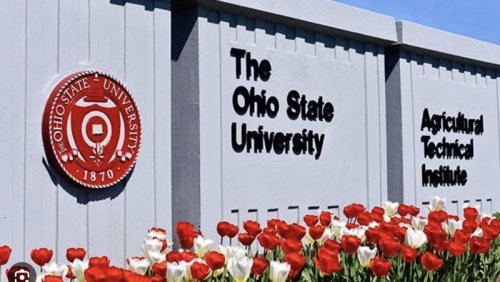

With more than 30 years in the turf industry, Golembiewski, right, will be responsible for providing technical support and product education as Atticus expands its professional non-crop division, known as EcoCore.
Golembiewski, who earned bachelor's and master's degrees from Michigan State and a doctorate from Ohio State, most recently spent nearly 12 years with Bayer and then Envu in a similar capacity.
Golembiewski spent nearly eight years in academia at Montana State, Minnesota-Crookston and Oregon State, where he directed the turf program for more than 3.5 years.
"I love helping people do their job better and this is ultimately what led me to Atticus," Golembiewski. "Their culture and value proposition of being Relevant, Simple and Reliable are built around a customer-first approach."
Based in Cary, North Carolina, Atticus, is an American-owned company that provides branded-generic pesticides for its Agriculture and EcoCore markets, the latter of which includes finely managed turf. EcoCure's philosophy is to fight pests in a sustainable manner.
- Read more...
- 1,830 views



